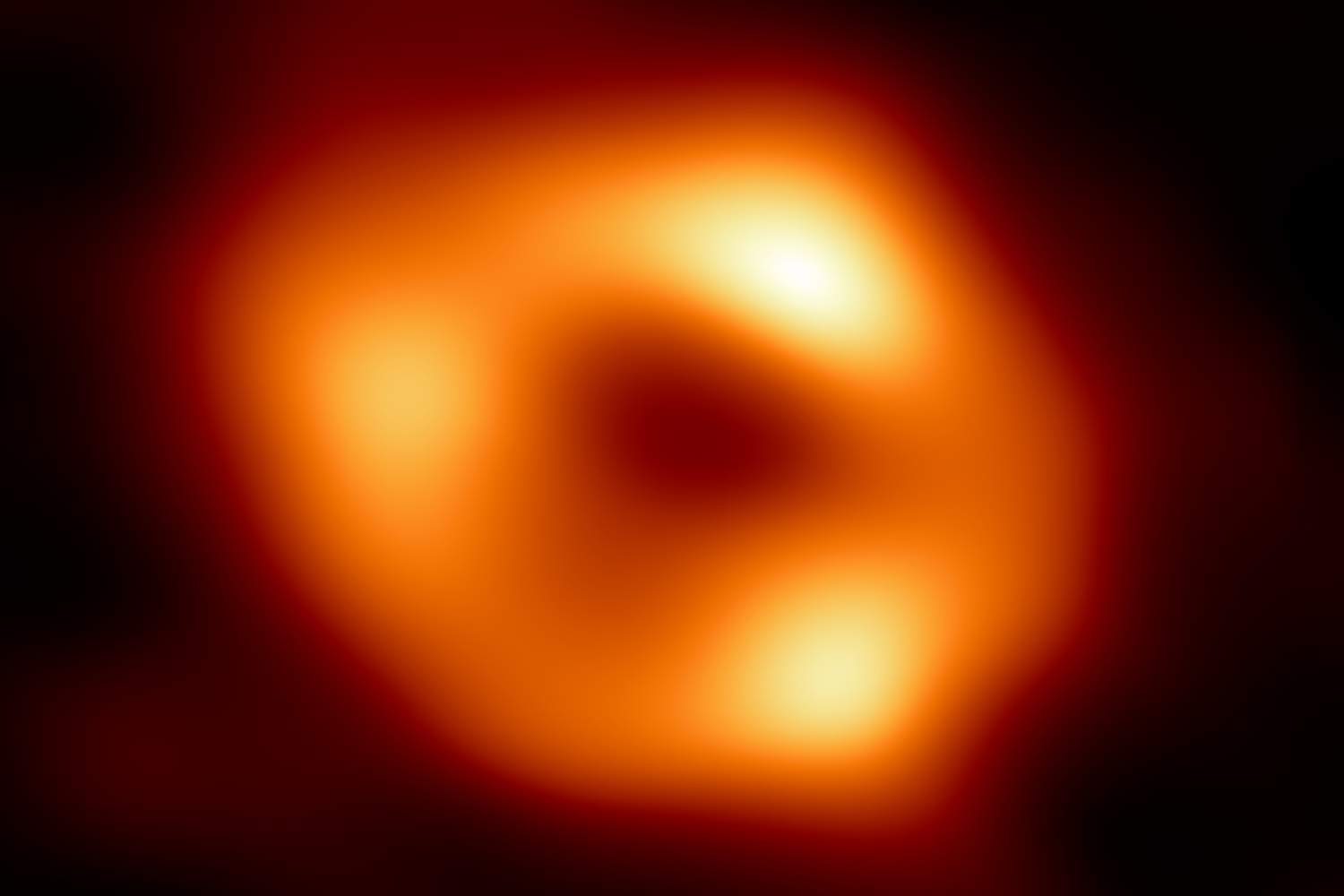
An entirely new way to probe how active black holes behave when they eat has been discovered by an international team of astronomers.
A sample of active black holes at the centre of 136 galaxies were found to shine in microwave and X-ray light in the same way, no matter their appetite for the surrounding galactic matter like gaseous clouds of dust and plasma.
Led by scientists at Cardiff University, the team says the process is not something predicted by our current understanding of how black holes eat.
Currently understood to be intrinsically different depending on their appetites, active black holes are characterised by the layout of their cores and the way they draw in galactic matter.
However, the team found these black holes may have more similarities than previously thought.
Their findings, published in Monthly Notices of the Royal Astronomical Society: Letters, could offer new information about how galaxies evolve.
Lead author, Dr. Ilaria Ruffa, a postdoctoral research associate at Cardiff University’s School of Physics and Astronomy, said: “The microwave and X-ray glow we detect from the regions around these black holes seems to directly relate to their mass and to originate from streams of plasma disorderly falling into them.
“This is the case in both systems that have huge appetites that are eating nearly an entire star like our Sun per year, and those with lesser appetites which are eating the same amount of material over 10 million years.
“This was very surprising because we had previously thought that such streams should occur only in systems eating at low rates, whereas in those with huge appetites the black hole should be fed through a more ordered and constant flow of matter (usually called `the accretion disc’).”
The team made the discovery while investigating the link between the cold gas around active black holes and how these are fuelled in the WISDOM sample of 35 nearby galaxies captured by the Atacama Large Millimeter/submillimeter Array (ALMA) of telescopes in Chile.
Dr. Ruffa added: “Our study suggests that the microwave light we detect may actually come from these streams of plasma in all types of active black holes, changing our view on how these systems consume matter, and grow to be the cosmic monsters we see today.”
The correlations observed by the team also provide a new method for estimating the masses of black holes – something astronomers believe is central to understanding their impact on the evolution of galaxies across the Universe.
Co-author Dr. Timothy Davis, a Reader in Cardiff University’s School of Physics and Astronomy, added: “Galaxies care very much about the black holes that exist within their cores. And they probably shouldn’t because, while we always think of black holes as these super massive beasts consuming everything around them, they are really very small and lightweight in the context of an entire galaxy. “And yet they have a mysterious non-gravitational influence over material tens of thousands of light years away from them. This is something we have puzzled over as astronomers for many years.
“Measuring black hole masses, and how these compare to the properties of their host galaxies is the best way to begin to understand why this mystery endures. Our new method opens a new window onto this problem, and with the next generation of instruments will allow us to explore this in depth over cosmic time.”
Made up of researchers from the Cardiff Hub for Astrophysics Research and Technology (CHART) and international partners from across Europe, Canada, and Japan, the team plans to further test their findings as part of a new “multi-Wavelength Observations of Nuclear Dark-object Emission Regions” (WONDER) project led by Dr. Ruffa.

